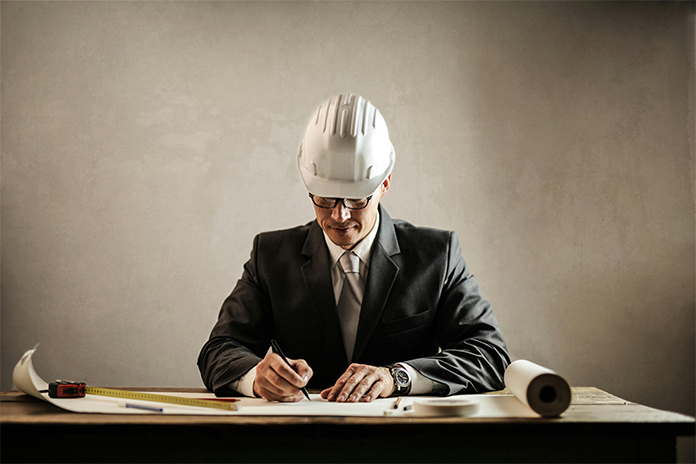In an era where sustainability is the buzzword, there’s an increasing global movement towards greener and more energy-efficient solutions. This trend is not left out in the construction industry, with buildings now designed to consume less energy while also producing their own, in a bid to balance consumption with production. An essential part of making this possible is the Mechanical, Electrical, and Plumbing (MEP) design, optimized for energy efficiency. This blog post takes an in-depth look into the principles of MEP designs for net-zero energy buildings and their applications.
Principles of MEP Design
Behind every net-zero energy building is an efficient MEP system. The basic principles of MEP design include energy efficiency, indoor air quality, thermal comfort, and sustainability. The objective of every MEP design is to create a built environment that efficiently utilizes resources, while ensuring the comfort and wellness of the occupants. From the HVAC systems to the electrical supply and plumbing, every aspect is carefully calculated to promote efficiency, while employing state-of-the-art technology to monitor and regulate usage. A fine balance is struck to allow for maximum utilization of natural light and ventilation, reducing reliance on artificial sources. By incorporating renewable energy options, architects and engineers ensure the building’s sustainability. In essence, MEP designs are the backbone of a net-zero energy building, bringing these principles to life.
Energy Efficiency
At the heart of every net-zero energy building is a design that optimizes the use of energy. High-efficiency systems like heat recovery ventilation and geothermal heating/cooling are incorporated into the MEP design to minimize energy consumption.
Indoor Air Quality
Good air quality is essential to the health and comfort of building occupants. Net-zero energy buildings are designed to ensure adequate ventilation and lessen concentration of pollutants.
Thermal Comfort
Apart from effectively managing indoor air quality, MEP design ensures a comfortable temperature. The design model allows for the building to stay warm during winters and cool during summers while still conserving energy.
Sustainability
Long-term sustainability is at the core of net-zero energy building principles. MEP designs are made to not just be energy-efficient, but also to integrate renewable energy sources such as solar and wind.
Also Read: Solar Panel Technology: This Is How They Work
Application of MEP Design Principles
Applying these principles practically in a building requires a strategic approach to design and implementation. And here’s where professional MEP design services come in. The real-world application of these principles involves a meticulously coordinated effort, leveraging expertise from different disciplines. Through smart engineering and design strategies, efficient MEP systems are integrated into the building. This includes optimizing the HVAC system for energy conservation, using eco-friendly materials, and leveraging advanced technologies for monitoring and controlling building systems. Lighting, insulation, and even the orientation of the building are also carefully considered. Equally important is the use of renewable energy sources, with systems installed for solar power generation, rainwater harvesting, and more. Tap into professional mep design services to make the transition from theory to practice seamless.
Building Simulation
Simulations are used to understand how a building will perform energy-wise and help in tweaking the design for optimal performance.
Integration of Renewable Energy
A key characteristic of net-zero energy buildings is their ability to generate their own energy. This demands the integration of renewable energy technologies, such as solar panels and wind turbines, into the MEP design.
Advanced HVAC systems
Highly efficient Heating, Ventilation, and Air Conditioning (HVAC) systems form a major part of MEP designs for net-zero energy buildings. These systems are intelligently controlled to match the occupancy levels and weather patterns.
Energy-efficient Lighting and Appliances
Installing energy-efficient light fixtures, appliances, and other equipment immensely reduces the total energy consumption, thereby helping the building to achieve its net-zero energy goal.
Importance of a BIM Service
A crucial part in effectuating MEP design is by using a BIM Service. It assists designers in integrating MEP systems seamlessly into the larger building design using 3D modeling. Furthermore, it allows for better collaboration between various experts involved in the building design and construction.
Conclusion
Creating a net-zero energy building goes beyond constructing walls and roofs. It requires a well-rounded, energy-efficient MEP design that maxes out on energy savings and integrates renewable energy generation. With the proper application of these principles, and aided with professional MEP design services and a BIM Service, achieving a balance between energy consumption and production is very much feasible. In essence, the journey towards a more sustainable future begins with these energy-efficient designs and applications.
Also Read: In What Ways Might Solar Panels Help Us?


